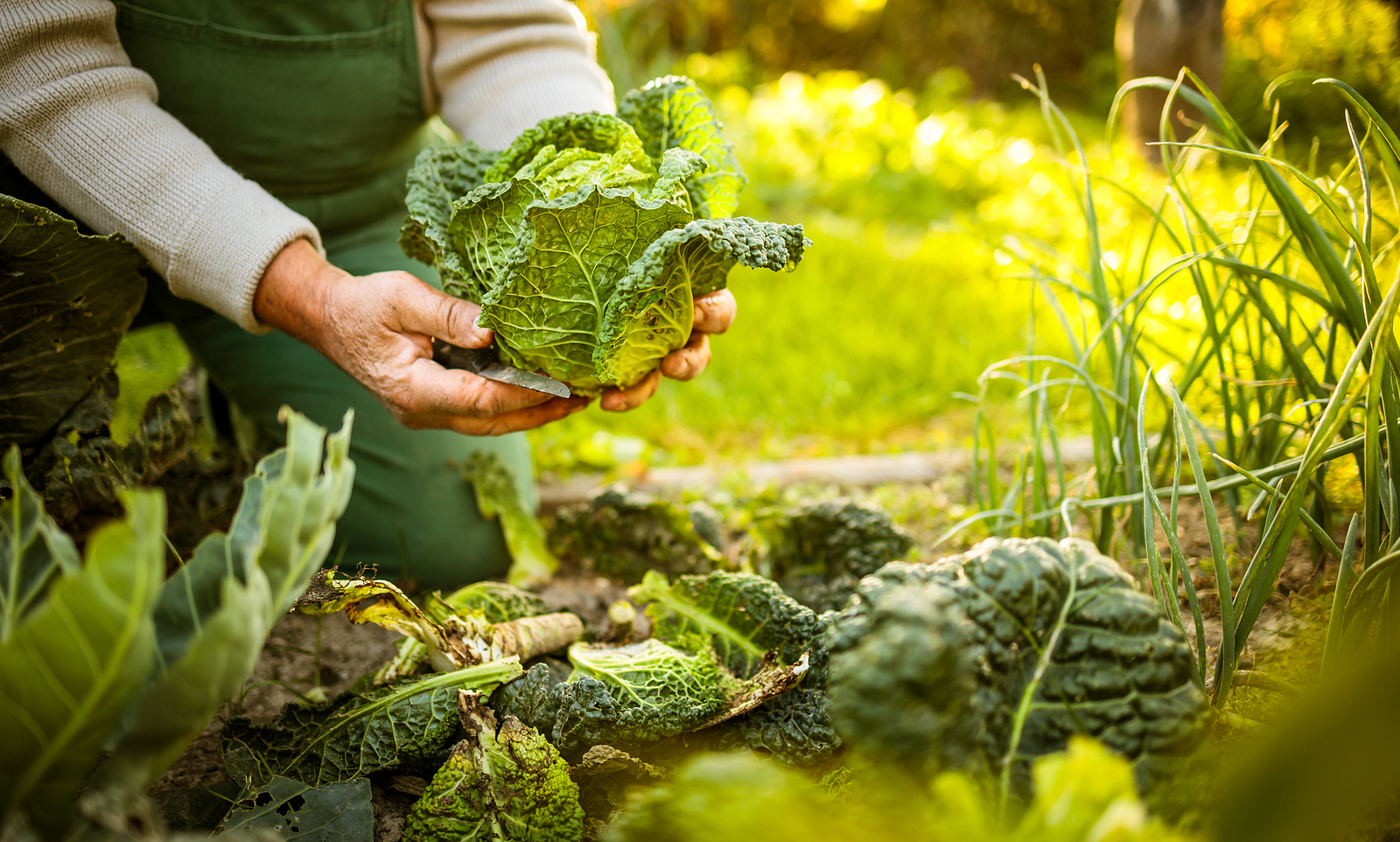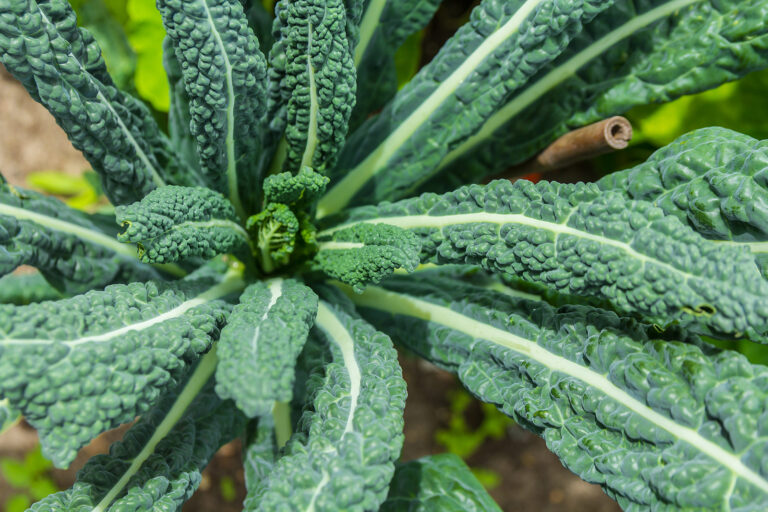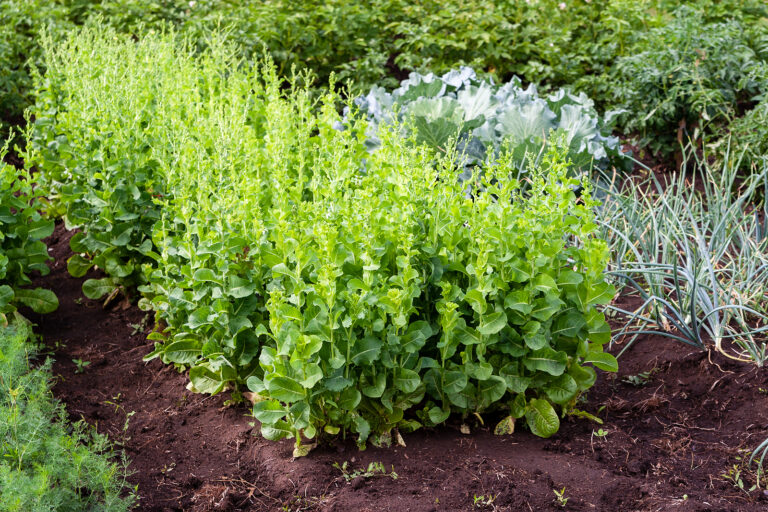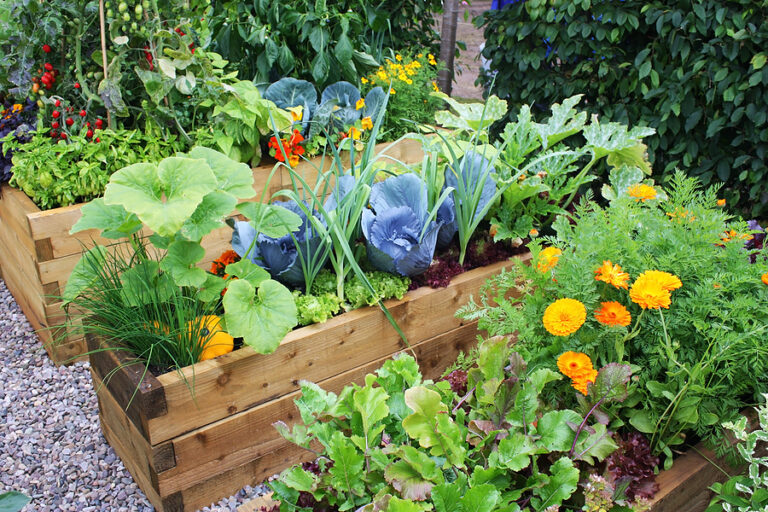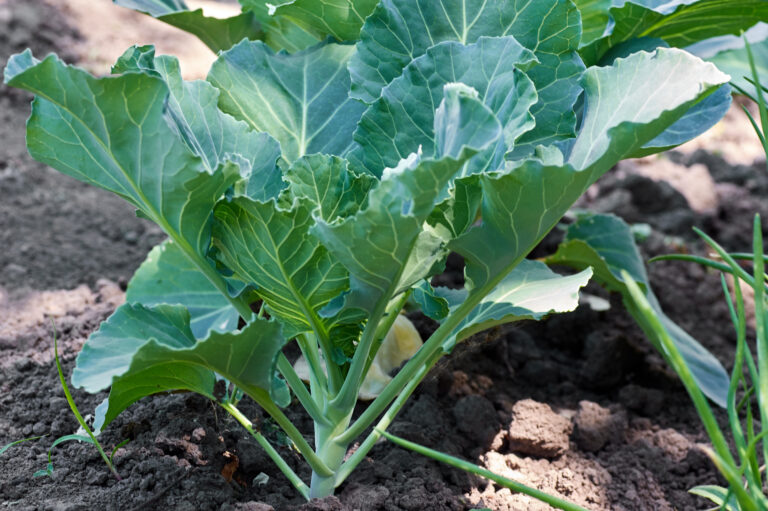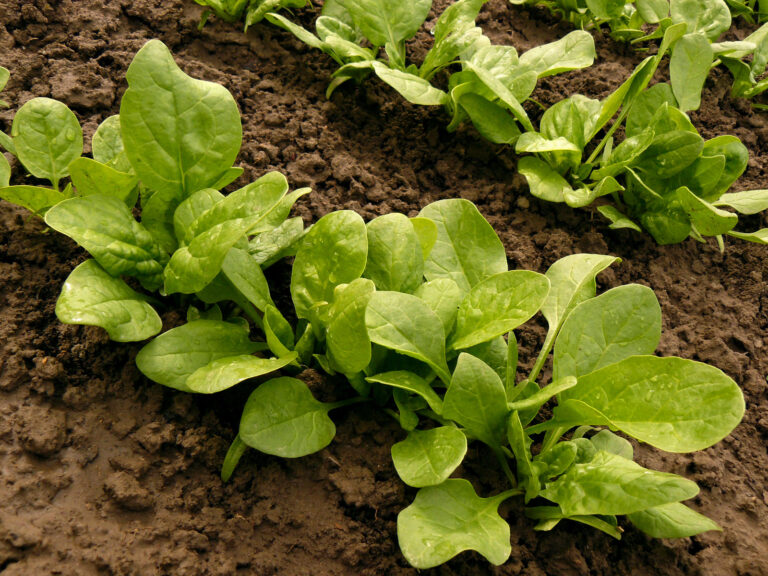How and When to Harvest Cabbage for Peak Flavor and Texture
Harvesting cabbage at the right time and using proper techniques is essential to enjoy its full flavor and crisp texture. After more than 30 years of growing cabbage in my garden, I’ve learned that timing, firmness, and weather conditions all affect the quality of your harvest. Here’s a detailed guide to help you pick cabbage at its peak.
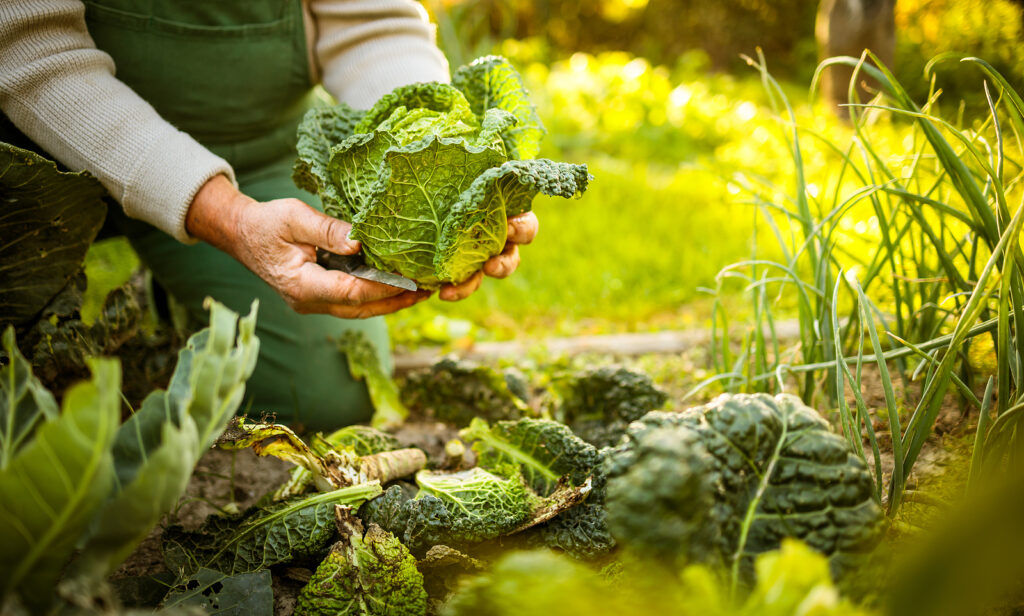
When to Harvest Cabbage
- Firmness: Cabbage heads should feel solid and firm when gently squeezed. Loose or soft heads indicate they need more time.
- Size: Most cabbage varieties mature between 70–100 days. Check seed packet or plant label for specific maturity dates.
- Weather: Avoid harvesting after heavy rain, which can lead to splitting and spoilage. Early morning harvests preserve freshness.
How to Harvest Cabbage
- Use a sharp knife or garden shears. Cut the head at the base near the soil line, leaving outer leaves and stem intact if possible.
- Remove loose or damaged outer leaves after harvesting to reduce pest and disease risk.
- Handle heads carefully to avoid bruising, which affects shelf life and flavor.
Tips for Post-Harvest Handling
- Store cabbage in a cool, humid environment (32–40°F with 90–95% humidity) for best freshness.
- For longer storage, keep whole heads in perforated plastic bags in the refrigerator.
- Use harvested cabbage promptly for best taste and texture.
My takeaway:
In my experience, harvesting cabbage when heads are firm but before they overmature yields the best texture and flavor. Careful cutting and proper storage extend shelf life and maintain crispness.
Cabbage Harvest Timing and Handling Chart
| Criteria | What to Look For | Action | Notes |
|---|---|---|---|
| Firmness | Head feels solid and firm when squeezed | Harvest immediately | Soft or loose heads need more time |
| Size | Matches variety’s maturity date (70–100 days) | Monitor and plan harvest accordingly | Check seed packet for specific timing |
| Weather | Avoid harvesting after heavy rain | Harvest during dry weather, preferably morning | Wet heads are prone to splitting and spoilage |
| Cutting Method | Use sharp knife or garden shears | Cut head at base near soil line | Leave outer leaves and stem intact if possible |
| Post-Harvest Care | Remove damaged outer leaves | Store in cool, humid conditions | Ideal: 32–40°F and 90–95% humidity |
| Storage | Keep whole heads in perforated plastic bags | Refrigerate promptly | Use within a few weeks for best flavor |
Pro tip:
I always inspect heads for firmness every few days as they near maturity and harvest early in the morning to maximize freshness and shelf life.
Cabbage Learning Hub
🥬 Start Here: The Ultimate Cabbage Growing Guide: From Seed to Harvest
🌿 Planting & Timing
- Cabbage Seed Starting Tips
- When to Plant Cabbage: Timing for Spring, Summer, and Fall Crops
Covers zone-based timing, transplant vs. direct sow. - How to Grow Spring Cabbage for Early Harvests
“Spring cabbage growing” – high seasonal interest. - How to Grow Cabbage in Containers: A Complete Guide
Perfect for urban/small-space gardeners. Include spacing, soil depth, and feeding. - How to Space and Thin Cabbage for Tight, Heavy Heads
Spacing is a common problem leading to poor heads or bolting.
How to Plant, Grow, and Harvest Chinese Cabbage
🦟 Pests, Diseases & Troubleshooting
- Common Cabbage Pests and How to Get Rid of Them Naturally
Aphids, cabbage worms, flea beetles, cutworms. - Why Is My Cabbage Splitting? Causes and Fixes for Cracked Heads
Very specific problem; here’s why this happens. - How to Prevent Bolting in Cabbage and Other Brassicas
Seasonal temperature swings confuse many gardeners.
💧 Care & Growing Tips
- How Much Water Does Cabbage Need? A Seasonal Watering Guide
“How often to water cabbage” queries are common. - How to Fertilize Cabbage for Leaf Growth and Head Formation
Discuss starter fertilizer, side-dressing, nitrogen balance.
What to plant with cabbage. - Common Cabbage Pests and Diseases and How to Treat Them Naturally
🧊 Harvesting, Storage & Preservation
- How to Harvest and Store Cabbage
- How and When to Harvest Cabbage for Peak Flavor and Texture
Includes signs of readiness and how to cut heads without damagin - Best Companion Plants for Cabbage (And What to Avoid)g the plant.
🥗 In the Kitchen & Beyond
- Seven Ways to Cook and Serve Cabbage
- Five Ways to Cook and Serve Chinese Cabbage
- Four Ways to Cook and Serve Napa Cabbage
🌱 Varieties & Seed Saving
- Best Cabbage Varieties for Your Climate and Growing Zone
Optimized for zone-specific growing.
- Savoy, Napa, and Red: Which Type of Cabbage Should You Grow?
Comparative format — helpful for new gardeners. - Growing Green Cabbage vs. Red Cabbage: The Differences
- Oriental Mustard Cabbage Explained: White Stalks vs. Green Stalks

